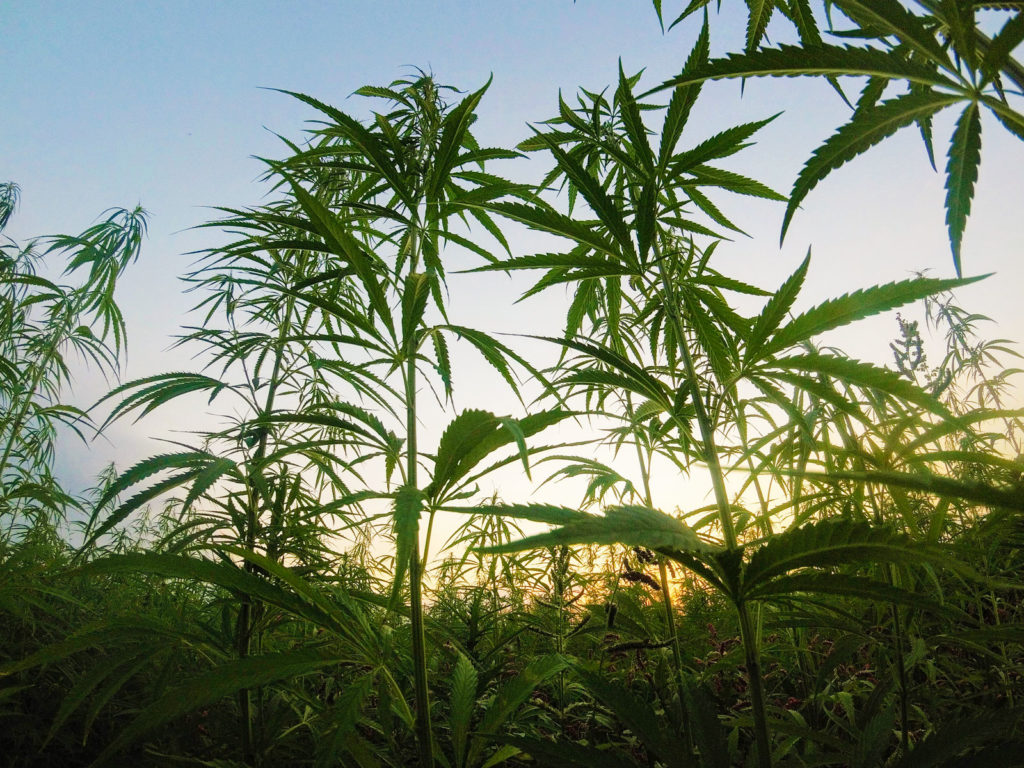Before we domesticated corn, scientists think it produced ears that looked like grass seeds. Over thousands of years, farmers turned it into the kernel producer it is today. That’s to say, humans are good at modifying plants, even without the help of genetic engineering. The same goes for cannabis. Before we turned our green thumbs towards the plant, average THC concentrations in dried flowers hovered around a paltry five percent. Today the strongest strains contain around 30 percent.
“We’re certainly seeing higher levels of THC concentration in the cannabis available legally,” says Rebecca Jesseman, policy director at the Canadian Centre on Substance Use and Addiction, a federally funded group that advises the government on drug and alcohol issues.
She says THC concentrations have trended higher since at least the 1990s. One study from 2016 found cannabis contained an average of four percent THC in 1995, while the most potent varieties today exceed 30 percent. Another study found average cannabis in 2017 contained 17 percent THC.

Credit for the change goes to farmers, who have steadily refined growing and breeding practices. Better growing conditions encourage the plant to naturally produce more THC or CBD. While selective breeding helps accentuate certain attributes, like a specific flavour or “high” characteristic. Potency increased faster in the last few decades, possibly because decriminalization and legalization freed up growers to experiment with less risk and by creating new markets for specialized products. For instance, strains rich in CBD, a compound with many health benefits.
“There’s a lot of buzz around high CBD products,” says Jesseman. “People are interested in the potential health benefits of CBD without getting stoned.”

“There’s a lot of buzz around high CBD products,” says Jesseman. “People are interested in the potential health benefits of CBD without getting stoned.”
But tinkering with cannabis has its limits, says Nick Jikomes, a cannabis researcher. Plants have limited resources: a concentration of 25 percent THC means that a quarter of a flower’s weight is taken up by THC compounds, leaving 75 percent for things like fat, protein, carbohydrates, minerals and CBD. Therefore, there’s a limit to how much of its resources a plant can viably put towards any one thing. Strains high in CBD will be low in THC and the inverse is true, as well. In the middle are strains with moderate amounts of both.
“There are serious biological constraints,” says Jikomes. “Today’s growers have probably already reached the natural limits.”
For THC it’s probably less than 35 percent and for CBD it’s probably around 20 percent.
Farmers may never grow cannabis buds the size of corn cobs, but better-growing techniques are leading to more variety for recreational users and more precise and concentrated medicine for therapeutic users. Cannabis’s golden era is just getting started.

